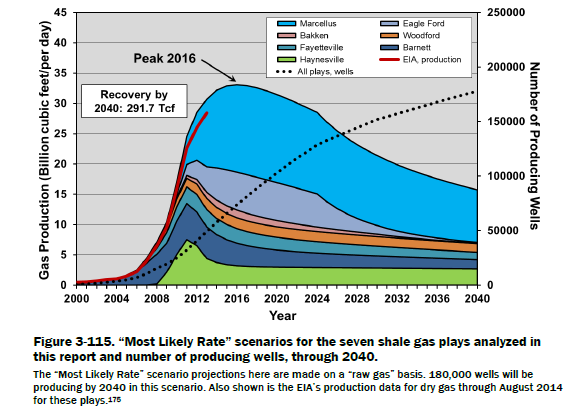In Overshoot Catton wrote: "We must learn to relate personally to what may be called 'the ecological facts of life.' We must see that those facts are affecting our lives far more importantly and permanently than the events that make the headlines."
He published those words in 1980, and now, it seems, at least some of those facts have made their way into the headlines in the form of climate change, soil erosion, fisheries collapse, species extinction, constrained supplies of energy and other critical resources, and myriad other problems that are now all too obvious.
But, even today, few people see the world as Catton did. Few realize how serious these problems are and how their consequences are unfolding right before us. Few understand what he called "the tragic story of human success," tragic because that success as it is currently defined cannot be maintained and must necessarily unwind into decline owing to the laws of physics and the realities of biology. We can adjust to these realities or they will adjust us to them.
Perhaps the single keenest insight Catton had is that humans have become detritovores, organisms that live off the dead remains of other organisms. By this he meant the human dependence on fossil fuels which are the ancient dead remains of organisms transformed into oil, natural gas and coal.
It is the fate of detritovore populations to expand and contract with their supply of detritus. He likened modern humans to algae feeding on the rich surplus of nutrients from dead organic matter swept into a pond by spring rains and often multiplying so as to cover the entire pond with a green carpet. By summer, with the rush of spring nutrients depleted--nutrients which are like the one-time infusion of fossil fuels into human society--the algae population crashes, leaving mostly open water and sometimes just an uneven ribbon along the edge of the pond. It is a boom-bust population cycle well-known to biologists.
In 1980 it seemed as if this cycle might be mitigated by wise policy and serious, but achievable adjustments in the human way of life. By 2009 when Catton published his other book,
Bottleneck: Humanity's Impending Impasse, he felt that the time for major mitigation of the inevitable bust portion of the population cycle had passed.
So, why even write another book? Catton explained in the last paragraph of Bottleneck:
I hope by the time [my great-grandsons] become great-grandfathers themselves, their generation will be so conspicuously more enlightened than mine was and our forebears were that the world population of bottleneck survivors will have evolved social systems better able to be circumspect in the use of their planet and its vulnerable biosphere. If readers of this book come to share similar hopes, and contribute to instilling them in their descendants, my reasons for writing will have been justified.
This is a humble ambition compared to the cautious hope that flowed from Overshoot in 1980. And, it is important to note Catton's emphasis on social systems for he was trained as a sociologist. He believed that despite our considerable technical prowess, our social system simply cannot contemplate making the drastic changes necessary to mitigate the downslope.
Perhaps the most important thing to note about Catton is that he did not blame anyone for the human predicament. To him that predicament is the natural outcome of evolutionary processes and the powers given to humans through those processes. That predicament is no more a product of conscious thought and intention than is the beating of our own hearts.
When I met and chatted with him for the one and only time in 2006, he was mildly jocular in the same way that his writing is, and he was upbeat in his attitude toward daily life, however disturbing the future may seem.
That was probably the product of a life spent in deep and patient study of the world around him, a world that yielded some its most hidden and important secrets to him. And, he had the satisfaction of having published those secrets so that they would not be secrets any more.
Overshoot may stand as the central text of the 20th century about the ecological fate of humankind. The book represents a missed opportunity in that so few people were able to hear what Catton had to say in 1980, and so few want to hear it now--even as the headlines are filled with the very precursors of the bottleneck he laments in his last major piece of writing.








